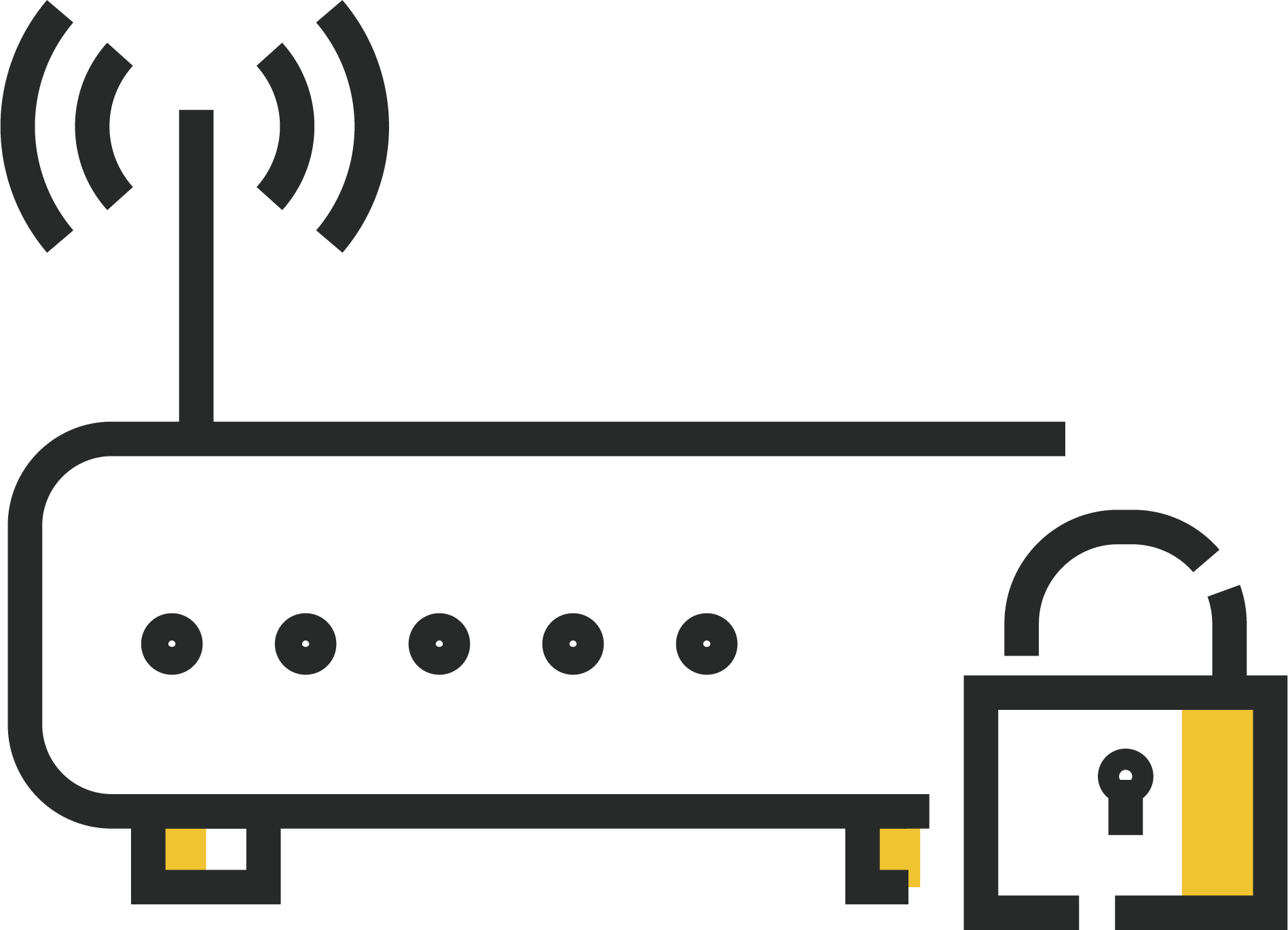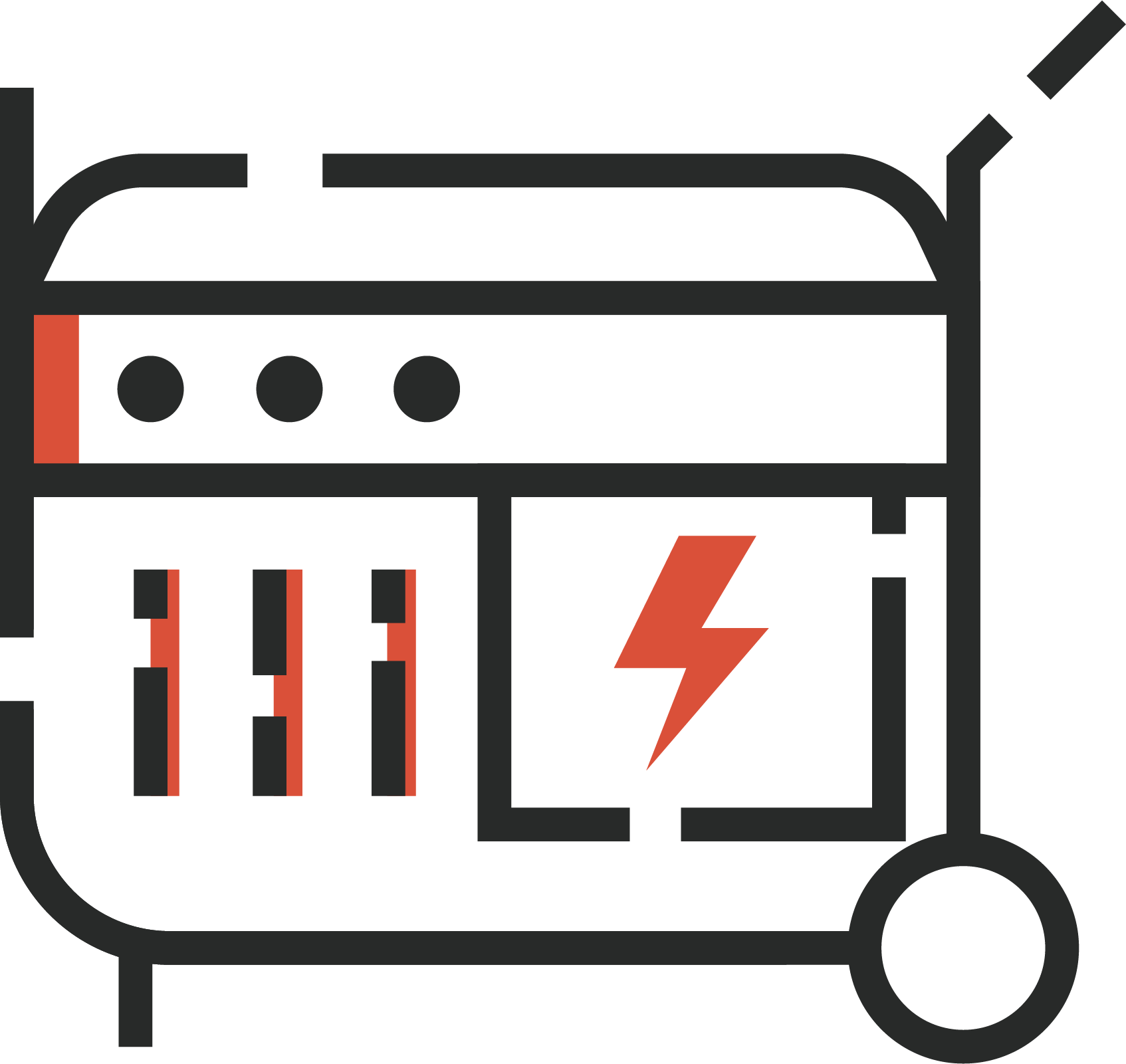The first outdoor surveillance camera was installed to watch a rocket launch. You might not record anything that interesting. But if you’re looking to keep an eye on deer or catch a package thief, you may be in luck. Thanks to technological advancements in the Internet of Things (IoT), lots of people today are using outdoor security cameras on their property.
But, there are a few considerations you must take into account before buying an outdoor security camera: price, weather conditions, and whether you want a wired or wireless option. We share all you need to know before buying.
Contents
💵 There’s a Wide Price Range
Outdoor home security cameras range from $40-$350. Better camera quality can also add to costs. A single high-quality 8-megapixel camera with 30x zoom can cost over $300.
Some cameras cost more upfront because they need a base hub. For example, a new Wyze camera with a base station to get you started costs under $50. Individual cameras are less–around $36.
Additionally, you’ll also have to include a monthly or annual subscription for storage and monitoring in your outdoor security camera budget. These plans can cost between $1.50 and $15 per month depending on the company you choose.
Prepare today for peace of mind tomorrow.
Get occasional tips about keeping your family and home safe — delivered to your inbox.
⛅️ Weather Conditions Can Affect Performance
While all these outdoor camera systems come with weather-resistant casings, they’re not invincible. Cameras can’t withstand extreme weather. Here’s what we suggest based on common extreme weather zones:
- Hurricane Zone: Eufy Cam2 Pro, which is stellar in both heat and rain
- Desert Zone: Nest or Eufy (be careful, Nest can only handle up to 104 degrees, whereas Eufy can handle up to 122 degrees)
- Low Temperature/Cold Weather Zone: Ring, which can handle snow accumulation on top of your camera
There’s a catch to whichever camera you pick. While they’re all are weather-resistant for outdoor use, the included power adapters are not, so you may have to run power from indoors or buy a resistant adapter.
📡 You Can Choose Wired or Wireless Options
There is a lot of confusion about wired vs. wireless cameras. This refers to how a camera communicates, not how it connects to a power source. Wireless cameras send footage over your WiFi connection. Batteries or power cables can power a wireless camera. If you use batteries, your camera will also be “wire-free.”
You have a few choices:
Wireless
- Wireless and plugged in: The camera communicates over WiFi to the cloud or a local hard drive. It’s called a network video recorder (NVR). You can mount it anywhere in your WiFi range. Search for a nearby outlet. You’ll get the comfort of not worrying about draining batteries with the flexibility of placing cameras anywhere.
- Best for: You’ve got good WiFi and you have an outlet where you can keep your cameras continually plugged in.
- Wireless and battery-operated: The camera communicates over wifi to the cloud or a local hard drive. You can mount it anywhere in your WiFi range. You’ll need to charge the lithium battery a couple of times per year. But, you may need to charge the battery much more often if you want to take a lot of videos (recording 24/7 is tough). Triggering the camera often can also lead to lots of charging. This is the most flexible option. You can place cameras away from plugs, mounted to walls, or hidden in trees. You can move your cameras as much as you like. Don’t like limited battery life? You can power your security camera with a solar panel.
- Best for: If you’re a renter and/or if your front door doesn’t have a wired doorbell chime.
Wired
- Wired: Wired connections won’t need a plug or battery. They are constantly charged from the ethernet cable that lets them send video to a cloud or recording device.
- Best for: Those who have the capability to plug your camera into your internet router. More ideal for homeowners with space than apartment dwellers.
Because ethernet cables charge wireless cameras, they can use more power. That means wired cameras can offer better security footage. They can record longer periods, use a higher resolution, and provide more frames per second. Learn more about installing wired and wireless security cameras.
Are your priorities flexibility and ease of use? Choose wireless. Want quality and plan on being in your home long-term? Go wired.
Conclusion: Choose the Best Outdoor Camera for Your Needs
There are several elements to consider before buying an outdoor security camera: your budget, where you live, and how you want to receive information from it. Whatever you choose, Batten has options for you. Shop our Marketplace for our expert-recommended, user-vetted options.
















